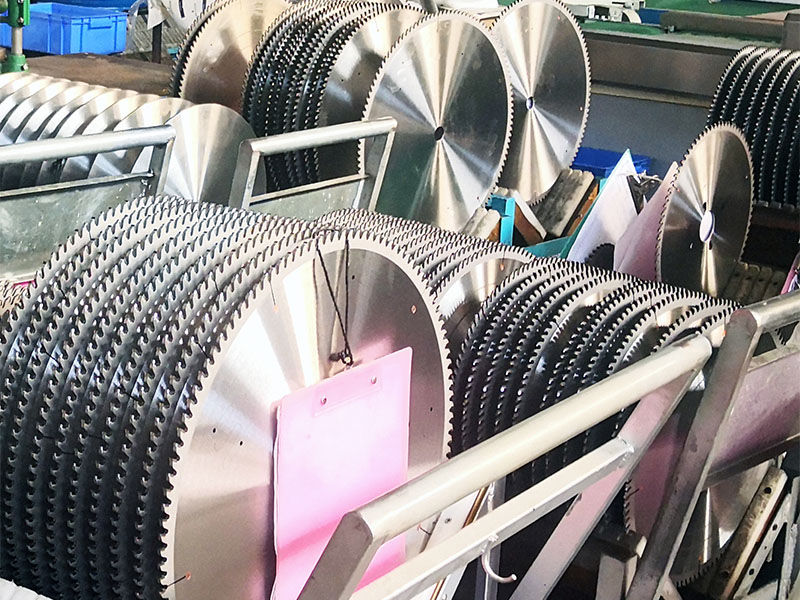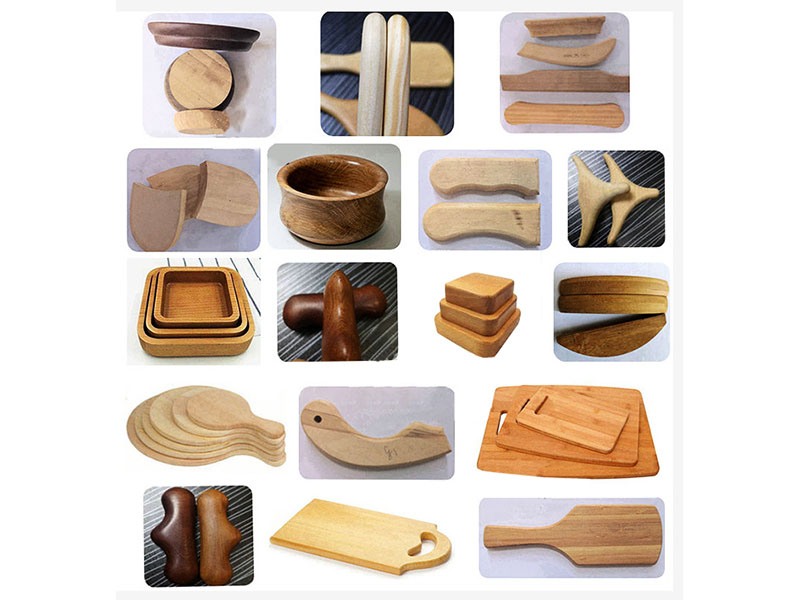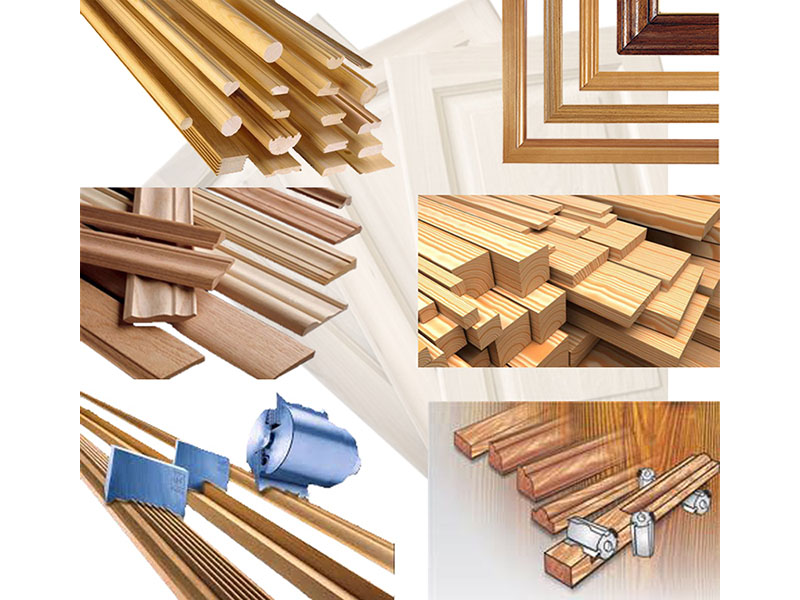
Selection of four-sided planer for woodworking machinery
Four-sided planer is a woodworking machine tool type planer product. It is mainly used to process wood products such as wooden squares, planks, decorative wood lines, and wooden floors, and to plan the top, bottom and sides of the wood. Excellent four-sided planers are generally compact, hard-coated work surfaces, and durable. And the spindle is specially processed with high precision. For the feeding system, it is best to use a stepless speed regulating mechanism, and the transmission between the feeding roller and the deceleration mechanism is connected by a universal joint, so that the transmission can be stable and the feeding can be strong and powerful. Generally, the four-sided planer can be purchased from major domestic woodworking machinery websites, such as Jiawang, Chinese and foreign woodworking machinery network and other professional platforms.
According to industry habits, the four-sided planer is divided into four-axis four-sided planer, five-axis four-sided planer, six-axis four-sided planer... Multi-axis four-sided planer, and many can reach more than ten axes. The four-sided planer is generally suitable for large and medium-sized furniture factories. On the one hand, its purchase cost is high, and on the other hand, it is troublesome to adjust the tool. Therefore, it is suitable for large-scale production or fixed process station production in large and medium-sized enterprises. Small businesses often use double-sided planers to machine two main sides, and vertical planers or other planers to machine two sides to save costs and shorten tool adjustment time. The production capacity of the four-sided planer is relatively strong. For example, a medium six-axis four-sided planer can process two sides and multiple materials in one hour, and its efficiency is relatively recognized in the industry.
When choosing a four-sided planer, it is nothing more than selecting the number of tool axes and the adjustment position between the tool axes. Generally, it should be based on the shape of the workpiece to be processed, the batch size, the positioning during feeding, the determination of the processing benchmark and the convenience of the workpiece through the tool axis. degree and other factors. There is no definite principle for the selection of the four-sided planer due to the changes in the environment used and the types of workpieces to be processed. When selecting a machine tool, it is necessary to consider a main processing direction, take into account the processing requirements of other directions, make overall arrangements, comprehensively consider technical requirements and capital investment, and reasonably select a certain type of machine tool to meet the most processing needs, and the smallest Expenses, the most simple and convenient operation and maintenance as the principle.
1. Determine the number of tool shafts according to the required cross-sectional shape of the workpiece to be processed. The number of four-sided planer axes determines the machining capacity of the machine tool, and mainly determines the cross-sectional shape of the workpiece that can be machined by the machine tool. In general, workpieces with regular cross-sectional shapes can be machined with four-tool axis and four-sided planing to meet the requirements. One surface is a profile surface, and the other three surfaces are plane surfaces. The workpiece can be machined by four-sided planing with five cutter axes, and the last cutter axis is preferably a rotatable and adjustable cutter axis. The processing of workpieces with complex cross-sectional shapes, such as birch grooves, birch heads and two planes, or line profiles for decoration, requires seven-blade or eight-blade axis four-sided planing.
2. Select the processing capacity of the machine tool according to the possible processing batches. The processing capacity of the machine tool mainly depends on the feed rate of the machine tool, the rotational speed of the tool shaft and the cutting power. In general, when the feed rate is high, the cutting amount, that is, the width and thickness of the cutting, should be small, and the rotational speed of the cutter shaft should be increased. When the feed rate is low, the cutting amount can be appropriately increased, and the rotational speed of the cutter shaft can be correspondingly reduced to meet the requirements of motor power. But the speed should not be too low, otherwise it will affect the quality of the machined surface. Within the allowable range of mechanical strength and stiffness, the higher the rotational speed of the machine tool spindle, the better the quality of the machined surface.
3. Determine the mutual position and feeding method between the tool axes of the machine tool according to the size specifications and accuracy requirements of the workpiece to be processed. The maximum width dimension of the workpiece that can be processed by the four-sided planer is the main parameter of the machine tool. The section size, width and height (thickness) of the workpiece determine the limit range of adjustment between the upper and lower horizontal tool axes and the left and right vertical tool axes of the four-sided planer. , and the adjustment and positioning accuracy of the tool axis. Generally, each tool axis of the machine tool should not be in the limit position of its adjustable range, and a certain margin should be left, otherwise the machining accuracy will be affected. Different feeding methods will affect the positioning and pressing of the workpiece during machining, thereby affecting the machining accuracy of the workpiece. Under normal circumstances, for thin and long workpieces with poor rigidity, the pressing force of each pinch roller of the feeding mechanism is smaller, and the pinch rollers are correspondingly more. For workpieces with good rigidity such as short square materials, the pressure of each pressing roller of the feeding mechanism can be large, and the pressing roller can also be reduced accordingly.




